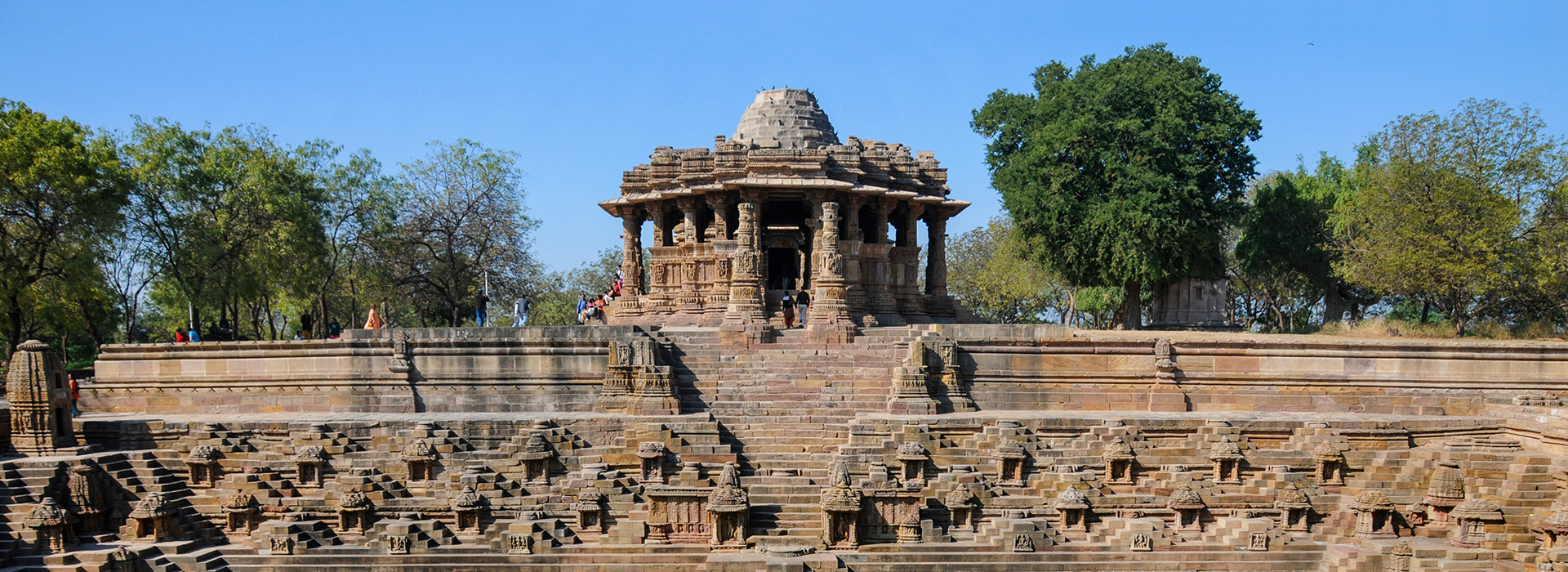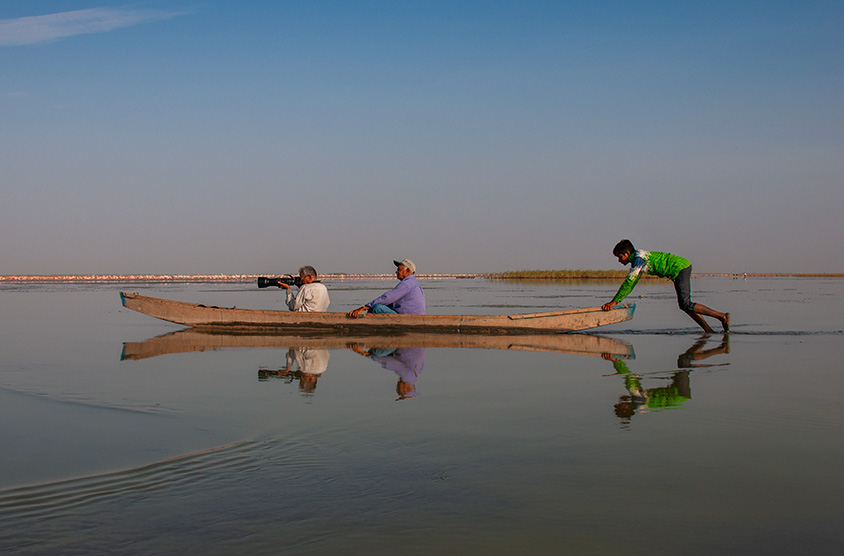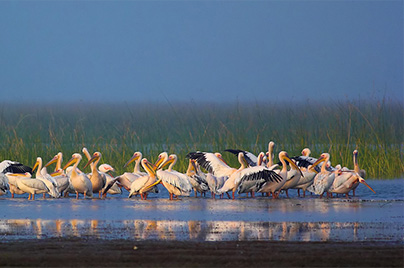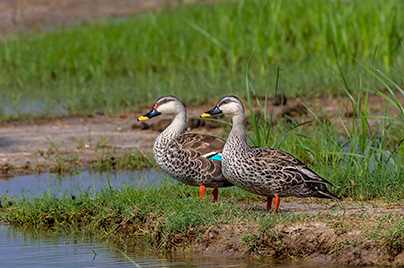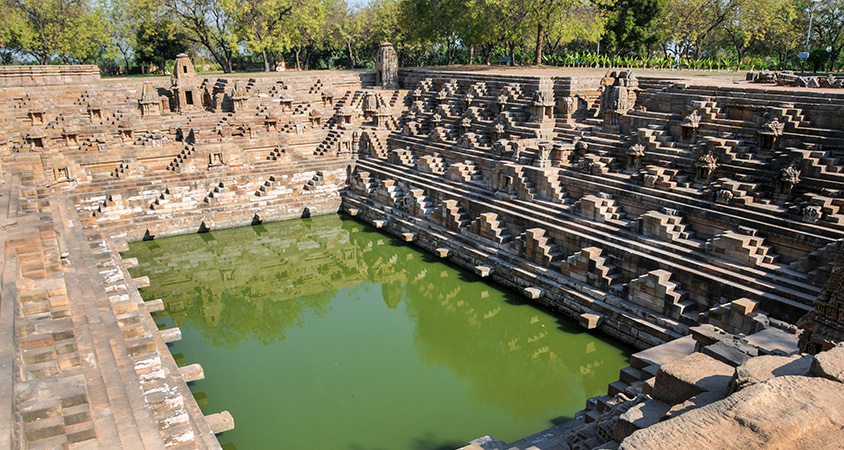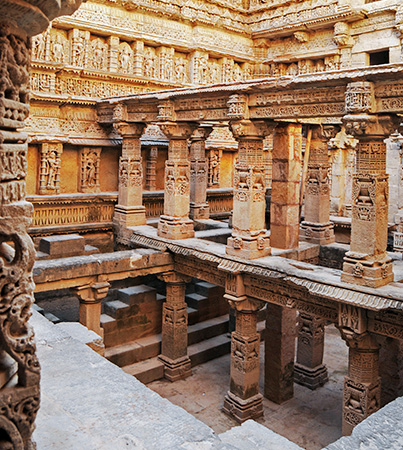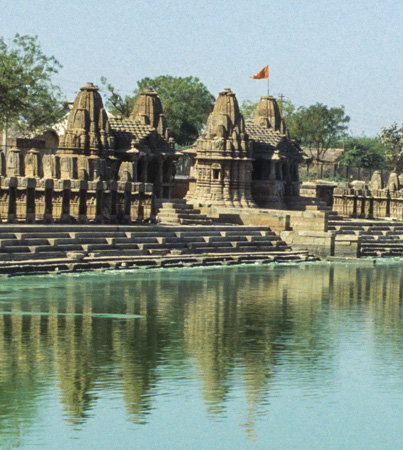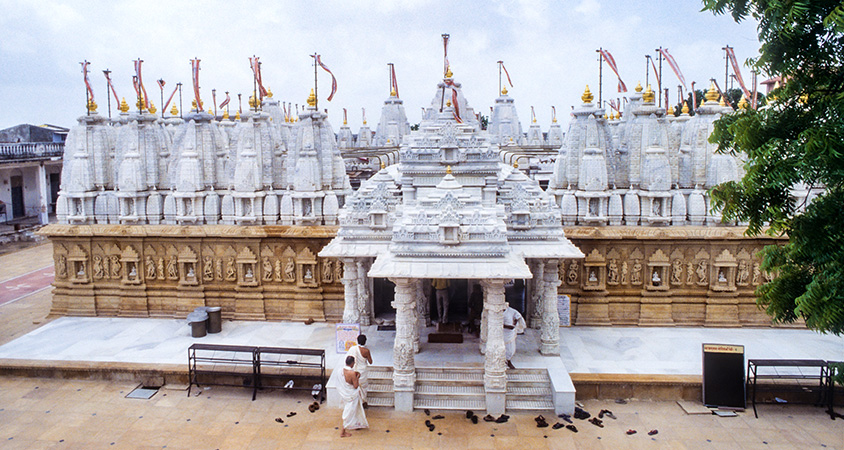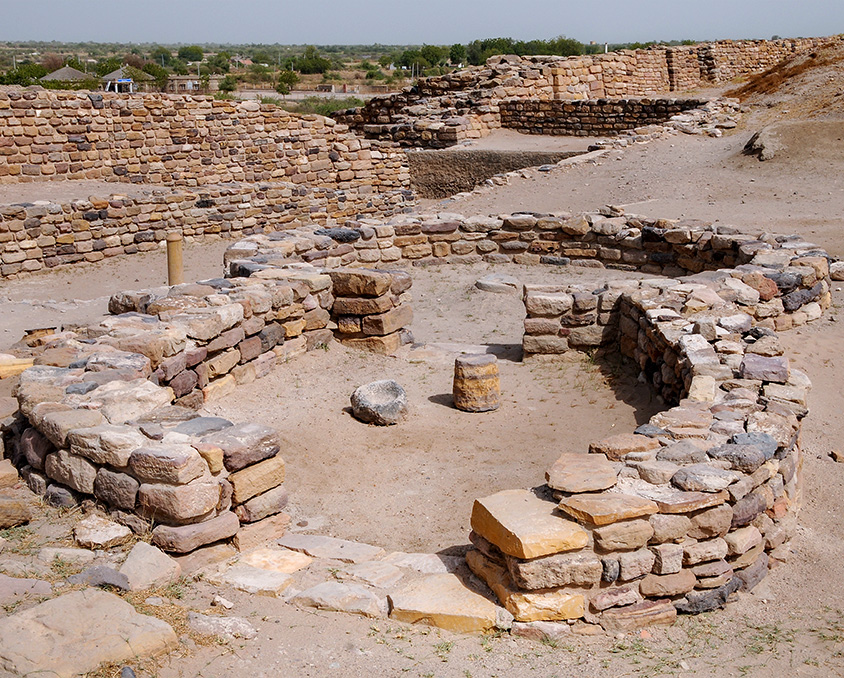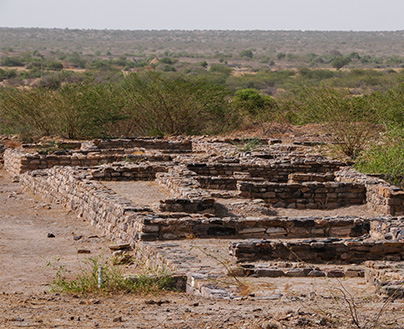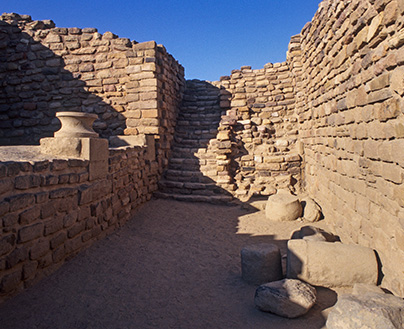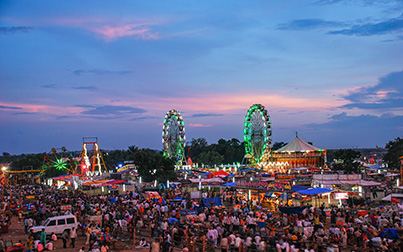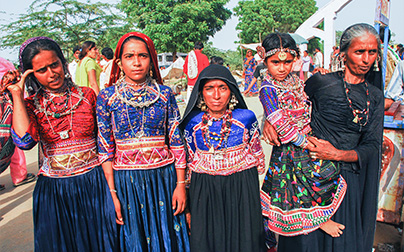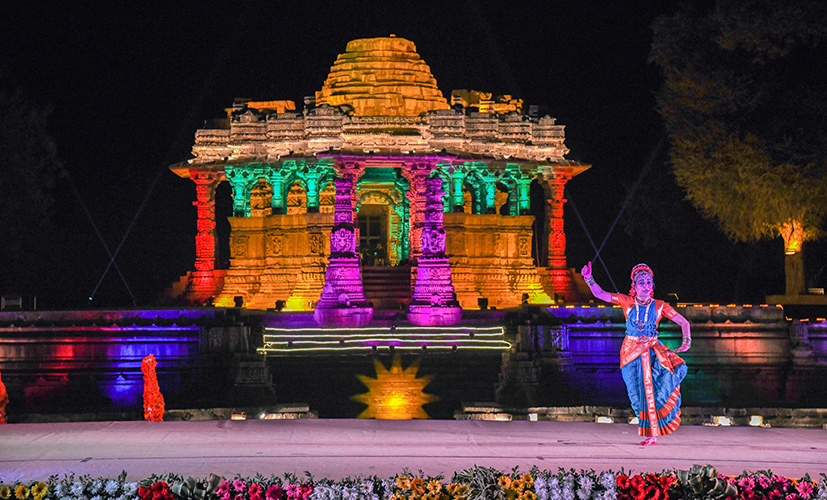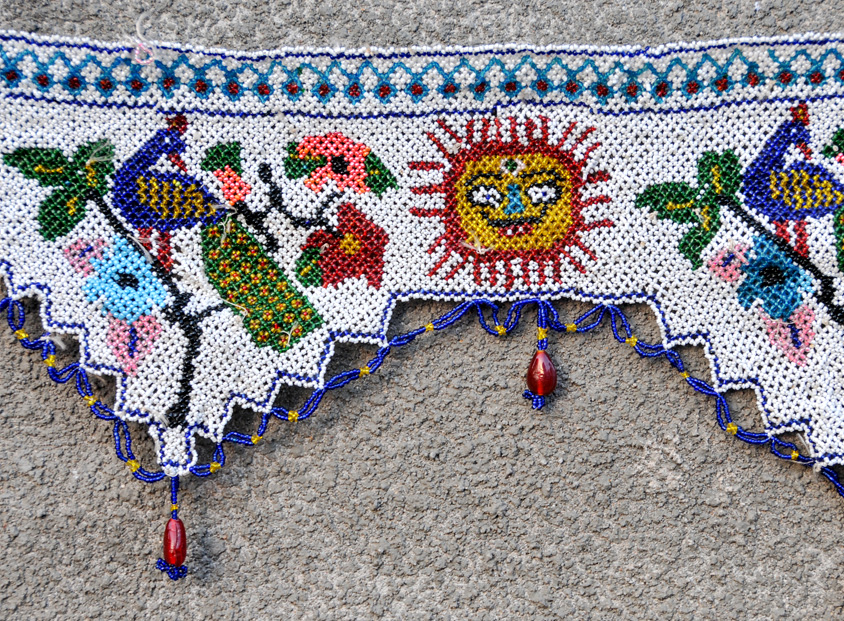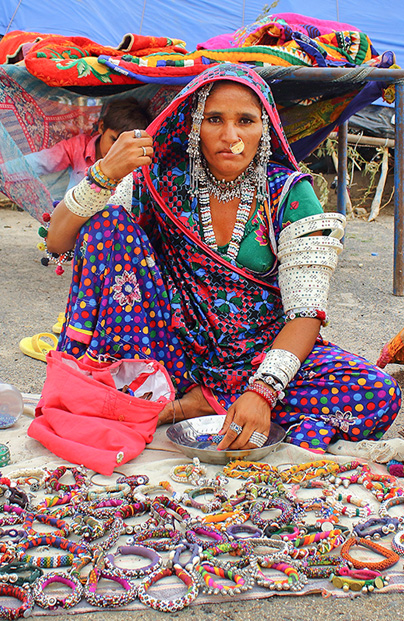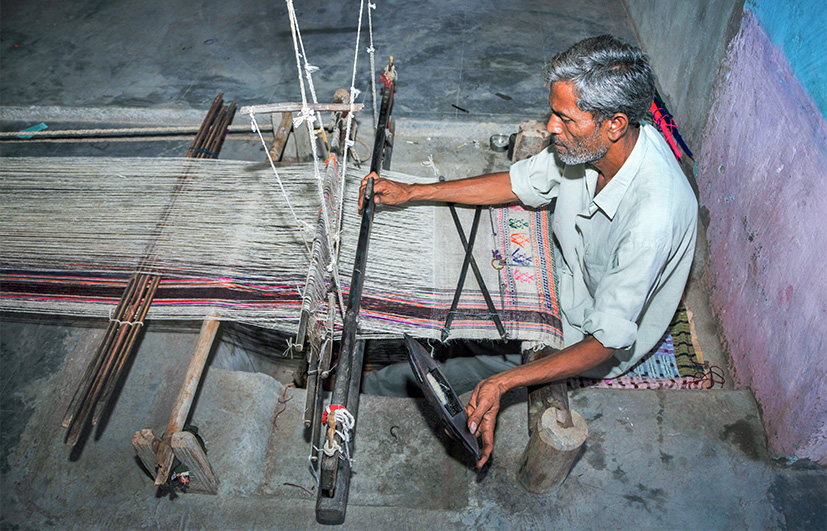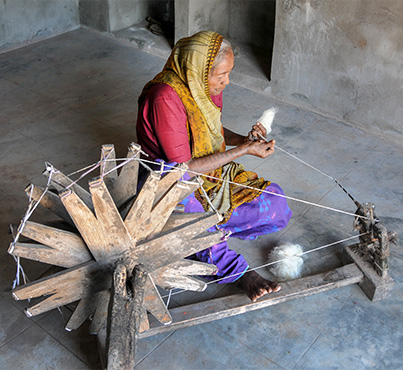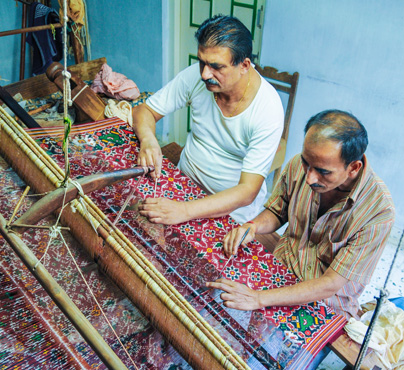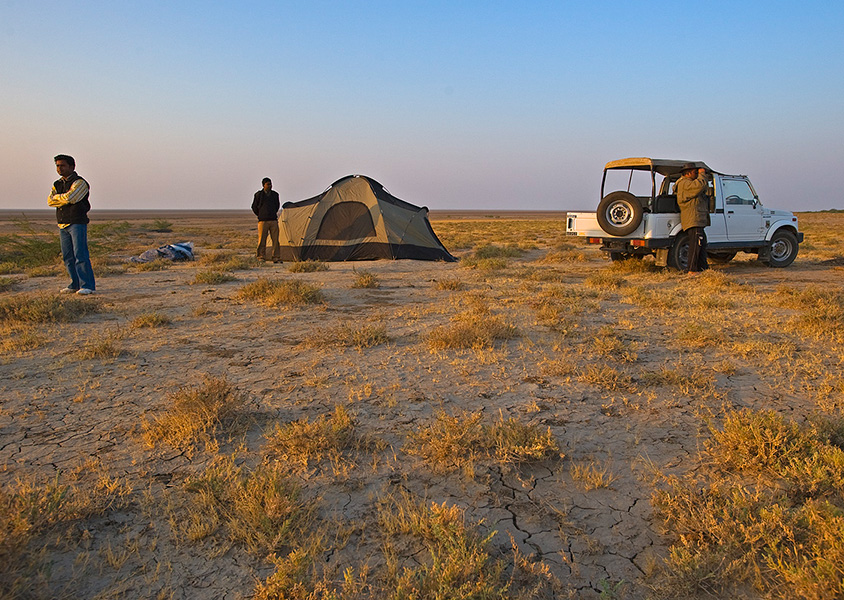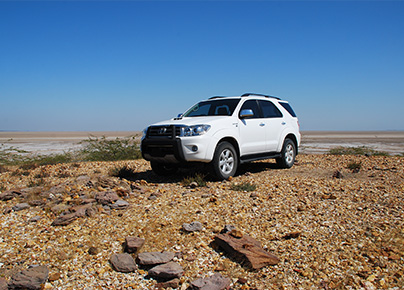Little Rann of Kutch
Activities
There is a lot more to LRK than the Desert!
There are several spectacular spots to visit in and around the vicinity of the LRK, some of which are off the beaten path and others that are very popular. These may not be part of the regular tours, but we can easily arrange them on request.
Nalsarover Bird Sanctuary
Paradise for Bird Lovers
Nalsarover is the largest wetland sanctuary in India, located 44 km from Rann Riders. It is a 120 sq km sanctuary that bird watchers and nature lovers will love to visit. It has over 250 species of birds, including Pelicans, Egrets, Flamingos, Cranes, Herons and more.
Best time to visit:
November to February
Architectural sites around Dasada
Architectural sites to visit
You can visit some unique architectural marvels while staying with us. These include:
- Modera Sun Temple - A protected monument built after 1026-27 CE during the reign of Bhima 1 of the Chaulukya Dyasty. It is a Hindu temple dedicated to the Sun God - Surya.
- Ahilwada Patan - Once the capital of the Chavda and Chaulukya dynasties, it is famous for ‘Rani Ki Vav’, one of India's largest stepwells, and its exquisite hand-woven Patola sarees.
- Munsar Tank - Famed for its intricately carved temples. The tank itself was built in the 12th century.
- Jain temple at Sankeshwar - Located in the Sankeshwar town of Patan district, the temple is dedicated to Parshwanath, and it is an important pilgrimage spot for followers of the Jain religion.
Dholavira
Ancient City, Modern Amenities
Dholavira is an ancient city built around 2500 BCE, and it is the finest example of Harappa civilisation. It displays advanced knowledge of several "modern" technologies such as water harvesting, city-wide drainage, effective harnessing of local materials and sophisticated civic amenities. It is often called the Modern City of Ancient India, a city that nature could not erase.
It is a must-visit monument for lovers of history. The Dholavira site is located on the Great Rann's largest island (bet) called Khadir Bet, and a visit to this ancient city can be combined with a cross-country ride across the Rann.
Local Fairs & Festivals
Be part of the Local Fairs and Festivals
If your visit coincides with the local fairs & festivals, you have a treat in store! We have highlighted some of the fairs and festivals, but for a complete list, do write to us.
Tarnetar Mela
This is one of the most recognised fairs, and it is held at the Trineteshwar Temple. Legend has it that this was part of the original course of the Ganga.
Best time to visit: August to September
Ravechi Mela
The fair is held at the Ravechi Mata Temple. It is one of the most important fairs of the Rabari community of Kutch. The main draw to this mela (fair) is the opportunity to see the spectacular traditional costumes of the community - in a riot of colours with intricate hand embroidery. The fair also hosts dance performances that are a must-watch. This is part of a dying tradition as the youngsters of the community have shifted to more contemporary clothing styles.
Best time to visit: September
Modhera Dance Festival
Enjoy spectacular classical dances with the beautifully illuminated Modhera Sun Temple in the background. The dance festival is held in the winter and features leading performers and troupes from different parts of India.
Best time to visit: November
Curated Workshops
Learning Experiences on your Holiday
The poolside area is a location for curated workshops on everything from yoga and meditation to local arts and crafts like weaving, pottery, culinary arts, etc., led by the local Mir women. Also on the cards are workshops on wellness and Ayurveda, etc. Other workshops you desire to attend can be arranged on request.

Handicrafts & Shopping
Handicraft Marvels of the Dasada region
The communities who live near Dasada have unique handicraft traditions that are a marvel of colour, craft and tradition. Since the middle of the 20th century, most craftspeople in the Dasada region have adopted the regional styles popularised in Saurashtra. Initially, the women used to hand-draw patterns, but soon, printed versions available in the bazaars replaced them. Before adopting these styles, a version of Kathipo prevailed, originating in the reign of the Kathi rulers of Saurashtra and popularised by the Mahajan traders.
Embroidery
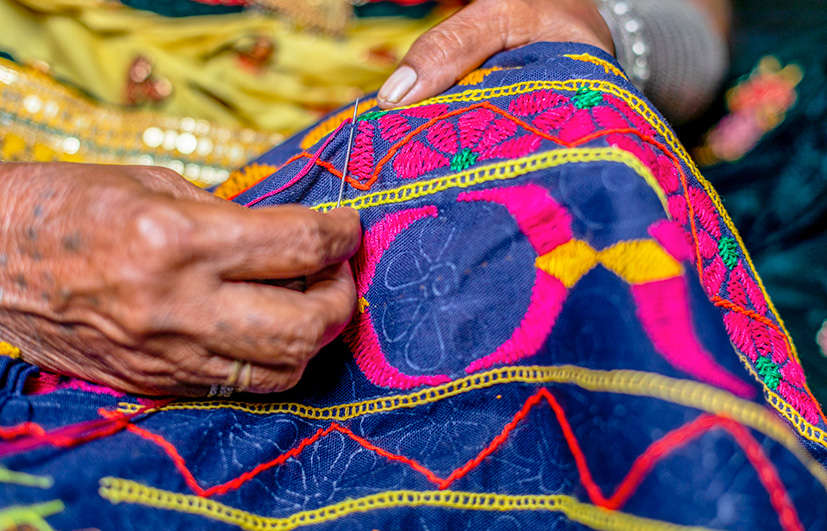
Embroidery
Kharapat Rabari
This embroidery style combines elements of the North Gujarat Rabari styles with regional ones. They use variations of interlacing with mirrors and herringbone stitching. Their colour palette includes pink, yellow, and white, used against dark backgrounds.
Bharwad
Like the embroidery of the Rabaris of the region, the main Bharvad piece was a densely embroidered galmendi (veil) with its ends covered with bold floral and sometimes bird motifs. The Bharvad women have given up this trade since the 1990s, and nowadays, they prefer to buy machine-worked textiles.
Mir
Mir embroidery was not a popularly practised profession. When practised, the Mirs made Kothalis (simple sacks) decorated with appliques, quilting and buttons.
Beadwork
Kharapat Rabaris and Bharvads
These two communities used beaded vessels and coconuts as auspicious decorations for weddings. These are mostly purchased from professional bead workers in Rajkot.
Mir
The Mirs use opaque beads and out-of-circulation coins, bells, buttons and mirrors to create braids, tassels and necklaces for women and girls. During weddings, grooms wear elaborate beaded and tasselled turbans. In the last few years, Mir women have begun to make beaded bangles commercially.
Weaving
Weaving
Dasada has three main weaving traditions - Tangalio, Dhabla and Single Ikat.
Tangalio & Galmendi
Tangalio is a fabric used for wrapped skirts. The Bharvad and Dungasia communities used extra weft knots to make dotted patterns. This technique was named Tangalio.
The traditional Bharwad skirt is called Ramraj. It is black with maroon borders and dotted patterns in white and with multi-coloured borders.
White was the chosen colour for Galmendi, the Bharwad veils. The weavers gave finished pieces to Hindu Khatri dyersin Vadhvan for Bandhain patterning. Finally, the Bharwad women purchased these pieces and then embroidered their ends.
Dhablo Weaving
Tulsibhai Danabhai is a traditional weaver of dhablo - a thick blanket of local wool traditionally used by Rabaris, Bharwads and Kanbis to keep warm in winter and dry during the rains. Today, though his traditional customers are drifting away and even in terms of costs, his prices can never compete against those of the power-loom manufactured replicas.
Single Ikat
Patan, a town north of Dasada, is world-famous for its Patola. This is one of the 2-3 centres in the world that makes fabric with double Ikat Weaving. This fabric is very painstaking to produce; subsequently, this craft tradition is dying.
Mashru, another old style of weaving harking back to the 12th century, is nearly extinct, barring a few weavers in Patan, who practices it.
In the 1950s, the Government of India introduced the Single Ikat to popularise Patola among commoners. There are a few traditional weavers who still practice it.
Custom Tours
Your itinerary, Your Tour
If you are one of those who would make your itinerary among all the activities we have listed here - Nalsarover Bird Sanctuary, Architectural sites around Dasada, Dholavira, etc., do speak to us, and we can create a custom tour that covers your sites of interest.
Star Gazing with Telescope
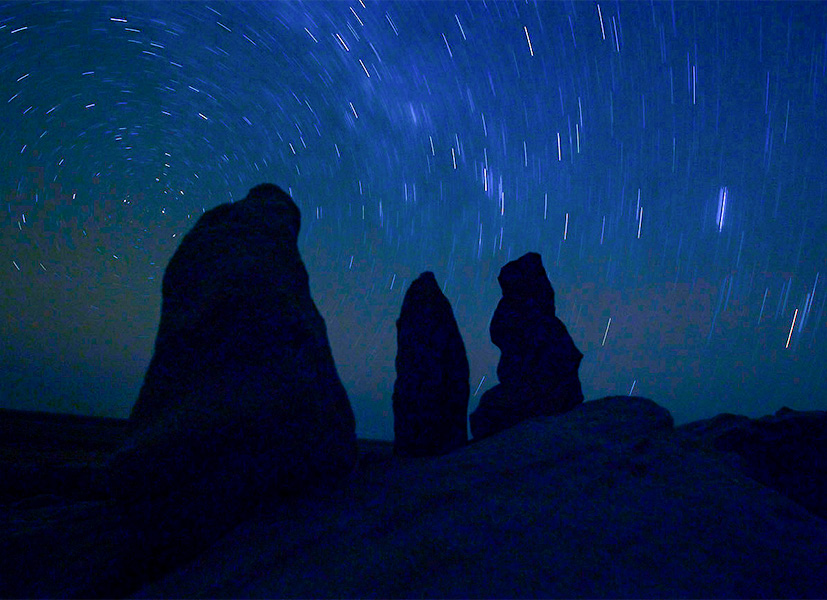
Some things that are best seen in the Dark!
Welcome to the night sky at Dasada. The surroundings are dark as dark can be, armed with telescopes and our expert night sky guide, you will surely experience something that will remain with you forever.
You can see the standard Great Bear, Sirus, the North Star, and such, but our experts will also draw your attention to the lesser - known stars, constellations, and galaxies. On a lucky night, you can also view meteor showers.
The Open and flatland of the LRK with little civilisation and lights is the ideal Star Gazing territory. Ask us for more details or to book a session.

